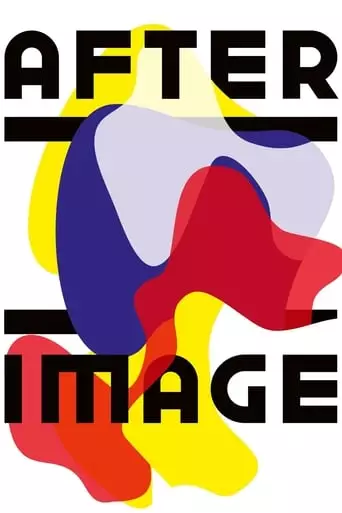
Powidoki (2016) Watch Online Free
In 1945, as Stalin sets his hands over Poland, famous painter Wladislaw Strzeminski refuses to compromise on his art with the doctrines of social realism. Persecuted, expelled from his chair at the University, he’s eventually erased from the museums’ walls. With the help of some of his students, he starts fighting against the Party and becomes the symbol of an artistic resistance against intellectual tyranny.
Afterimage is a historical drama directed by Andrzej Wajda, marking his final film before his death in 2016. The movie is based on the life of the renowned Polish painter Władysław Strzemiński, who was a key figure in the development of modern art in Poland. Set during the Stalinist era, the film explores Strzemiński’s struggle against the oppressive political regime that sought to control artistic expression.
Strzemiński, portrayed by Andrzej Seweryn, is a passionate and defiant artist who refuses to conform to the state-mandated art styles of socialist realism. His refusal to comply with the government’s expectations leads to his professional and personal downfall. The film portrays his battles with the authorities as they attempt to silence his revolutionary artistic vision. Despite his deteriorating health and the loss of his teaching position, Strzemiński remains committed to his art, even as the state increasingly isolates him. The narrative also delves into his relationship with his daughter, Nika, who serves as both a personal and emotional anchor as Strzemiński grapples with his diminishing ability to create.
The film is an exploration of the tension between art and state, as well as the personal cost of maintaining integrity in the face of political oppression. Wajda’s direction captures the isolation of the artist, highlighting the internal and external struggles that Strzemiński faces. The film also acts as a meditation on the power of art as a form of resistance, and the consequences of standing up to a totalitarian regime.
Wajda’s choice to focus on Strzemiński’s life during the Stalinist era is significant, as it reflects the broader context of Poland’s struggle for artistic and intellectual freedom. The film’s visual style is striking, with Wajda using muted tones and stark imagery to convey the bleakness of Strzemiński’s situation. The film’s pacing is deliberate, allowing for moments of quiet reflection on the themes of creativity, survival, and the human spirit.
The central theme of Afterimage is the clash between the individual’s need for artistic freedom and the oppressive forces of the state. Strzemiński’s art represents an act of defiance against the political forces that seek to control not only the art world but also the broader cultural narrative. His refusal to conform to the state’s demands for socialist realism leads to his marginalization, yet his art remains a symbol of resistance and personal integrity.
The film also explores themes of personal sacrifice, as Strzemiński’s commitment to his craft comes at the cost of his health, relationships, and social standing. The emotional toll of his resistance is evident in his strained relationship with his daughter, who must witness his gradual decline. Additionally, the theme of legacy is explored, as Strzemiński’s struggle to preserve his artistic vision ultimately becomes a testament to his enduring impact on Polish art.
Afterimage is a poignant and timely reflection on the role of art in times of political turmoil. The film not only serves as a tribute to Wajda’s own legacy but also as a powerful reminder of the importance of artistic freedom in the face of censorship and state control. The film is particularly impactful for audiences interested in the intersection of politics and art, as it sheds light on the personal sacrifices made by those who refuse to compromise their artistic principles.
The film’s historical context also resonates with contemporary discussions about the role of art in challenging oppressive regimes, making it a relevant and thought-provoking piece. Afterimage contributes to the broader conversation about the importance of preserving cultural and intellectual freedom, especially in the face of political forces that seek to control artistic expression.
After watching Afterimage, you may feel a deep sense of reflection and contemplation about the role of art in society. The film’s exploration of the artist’s struggle against oppressive forces will likely evoke a sense of admiration for those who maintain their integrity despite personal and professional sacrifices. You may also feel a sense of sadness, as the film poignantly portrays the toll that political repression takes on the individual.
The emotional weight of Strzemiński’s story, combined with the film’s powerful themes of resistance and artistic freedom, will leave you thinking about the broader implications of art in times of political crisis. Afterimage may also inspire you to consider the importance of preserving artistic expression and intellectual freedom in the face of societal pressures. The film’s lasting impact will likely linger long after the credits roll, making it a memorable and thought-provoking experience.
